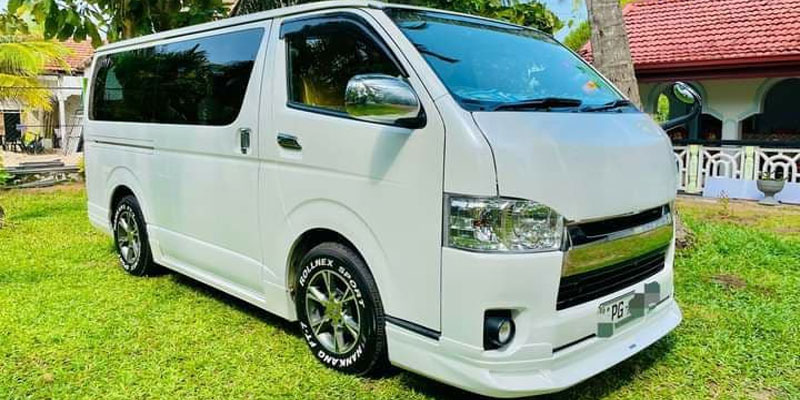Beginnings.
The layout of Anuradhapura as described in the Mahavamsa:
“He laid out four suburbs as well as the Abhaya-tank, the common cemetery, the place of execution, and the chapel of the Queens of the West, the banyan-tree of Vessavana and the Palmyra-palm of the Demon of Maladies, the ground set apart for the Yonas and the house of the Great Sacrifice; all these he laid out near the west gate.”
“A hermitage was made for many ascetics; eastward of that same cemetery the ruler built a house for the nigantha Jotiya.(…) On the further side of Jotiya’s house and on this side of the Gamani tank he likewise built a monastery for wandering mendicant monks, and a dwelling for the ajivakas and a residence for the brahmans, and in this place and that he built a lying-in shelter and a hall for those recovering from sickness.”
It is believed that King Pandukabhaya made it his capital in the 4th century BC, and that he also laid out the town and its suburbs according to a well organized plan. He constructed a reservoir named Abhayavapi. He established shrines for yakkhas such as Kalawela and Cittaraja. He housed the Yaksini-Cetiya in the form of a mare within the royal precincts and offerings were made to all these demi-gods every year. He chose the sites for the cemetery and for the place of execution, the Chapel of the Western Queen, the Pacchimarajini, the Vessavana Banyan Tree, the Palm of the Vyadhadeva, the Yona Quarter and the House of the Great Sacrifice. The slaves or Candalas were assigned their duties and a village was set apart for them. They build dwellings for Niganthas, for wandering ascetics and for Ajivakas and Brahmanas. He established, the village boundaries. The tradition that King Pandukabhaya made Anuradhapura the capital city of Sri Lanka as early as the 4th century BC had been very important.
The administrative and sanitary arrangements be made for the city and the shrines he provided indicate that over the years the city developed according to an original master plan. His son Mutasiva, succeeded to the throne. During his reign of sixty years, he maintained Anuradhapura as his capital and further laid out the Mahameghavana Garden which was to play an important role in the early history of Buddhism in Sri Lanka. It was in the period of his successor, his son Devanampiya Tissa, that Buddhism was first introduced this island 236 years after the passing away of the Buddha. Emperor Ashoka in India was a contemporary of Devanampiya Tissa. “Mahinda” was the son of Emperor Ashoka of India. King Ashoka embraced Buddhism after he was inspired by a very small monk named “Nigrodha.” The King who was in great misery after seeing the loss of life caused by his waging wars to expand his empire, was struck by the peaceful countenance of such a young monk. Meeting this young monk made a turning point in his life and he thereafter, renounced wars. He was determined to spread the message of peace, to neutralize the effects from the damages caused by him through his warfare. As a result both his son and daughter were ordained as Buddha disciples, and became enlightened as Arahats. In his quest to spread the message of peace instead of war, he sent his son Mahinda, to the island of Lanka, which was also known as “Sinhalé”. According to Dipavamsa and Mahavamsa, Thera Mahinda came to Sri Lanka from India on the full moon day of the month of Poson (June) and met King Devanampiyatissa and the people, and preached the doctrine. Historically this period is believed to extend from 250 to 210 BC. This is the point at which a kingship began and a civilization developed based on one of the most significant religions of South Asia, Buddhism.



